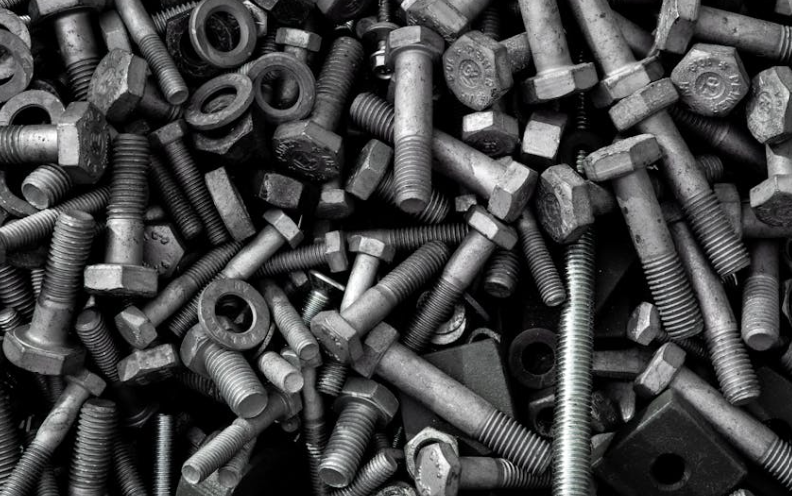Fastening solutions are pretty crucial for joining two components together. Fasteners like screws and bolts often play an essential role in this scenario. While frequently used interchangeably in everyday conversation, these fasteners serve distinct purposes and possess unique characteristics that make them suitable for various applications. Understanding the disparities between these fundamental hardware elements is essential for efficient and effective fastening tasks.
Significance of Screws
They represent a necessary element in construction, manufacturing, and countless other industries. The primary function lies in securing two or more objects together by engaging with pre-threaded holes or creating new ones through self-tapping mechanisms. Fastening screws come in a diverse array of designs, including wood ones, machine ones, and self-tapping ones, each tailored to specific materials and requirements.
A defining feature of screws is their helical thread structure, which distinguishes them from other fasteners. This threading allows them to generate considerable clamping force, ensuring a tight and secure connection between components. Additionally, they often feature a variety of head types, such as flat, round, or hexagonal. Each screw serves different purposes depending on the application.
Bolts: The Versatile Fasteners
Fastening bolts typically feature a smooth shaft with threads running along a portion of its length. This allows them to pass through pre-drilled holes in one or more components before being secured in place with a nut. This characteristic distinguishes bolts from screws, as the latter typically engages directly with the material being fastened.
One notable advantage of bolts is their versatility and adaptability to various configurations. Unlike screws, which often require pre-existing threads or self-tapping capabilities, these bolts can be used in conjunction with nuts and washers to accommodate different thicknesses and materials. This flexibility makes bolts a preferred choice in applications requiring adjustable or removable connections.
Choosing the Right Fastener
Selecting the appropriate fastening solution hinges on several factors, including the specific application, material compatibility, load requirements, and environmental conditions. While both screws as well as bolts serve the common purpose of joining components, specific scenarios favor one over the other.
For instance, screws excel in applications where a robust and permanent connection is necessary. This includes instances where securing components in place or attaching hardware to wooden structures. The threading of screws provides excellent grip and resistance to loosening over time, ensuring long-term stability in such scenarios.
On the other hand, bolts shine in situations requiring frequent disassembly or adjustment, thanks to their compatibility with nuts and washers. Industries such as automotive, aerospace, and machinery often rely on these fasteners for their ability to facilitate easy repairs, upgrades, or maintenance procedures.
Appropriate Applications
Understanding when to use bolts or screws is vital for achieving optimal results in various projects. Bolts are ideal for applications requiring high tensile strength and where a secure, non-permanent joint is needed. Typical uses include structural assemblies, automotive components, and machinery. On the other hand, screws are suitable for projects where a permanent or semi-permanent joint is required. They are commonly used in woodworking, furniture assembly, and electronic devices.
Conclusion
While screws and bolts share the overarching goal of joining components together, their distinct characteristics and applications warrant careful consideration. Understanding the difference between the two is essential for successful project outcomes.
Screws offer robust, permanent connections ideal for static assemblies. On the other hand, bolts provide flexibility and adjustability in dynamic environments. By understanding the differences between these essential fastening elements, engineers, builders, and manufacturers can ensure optimal performance and reliability in their projects. Whether opting for screws or bolts, choosing the suitable fastener is paramount to achieving success in any fastening endeavor.
